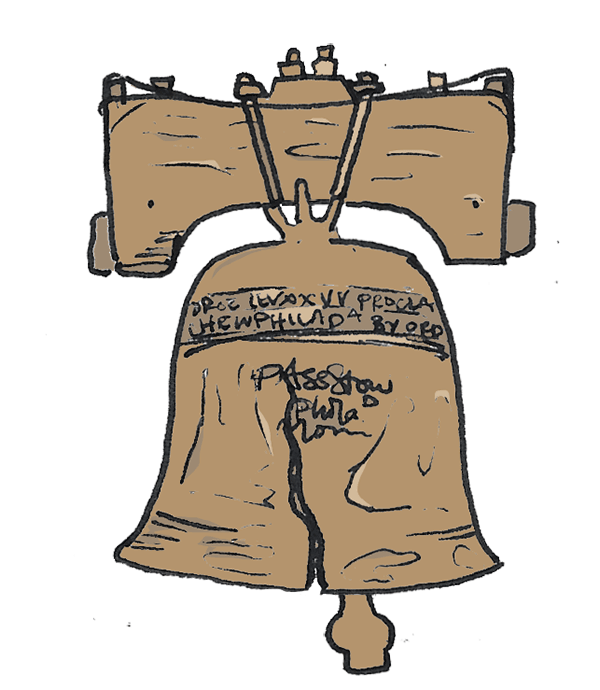The Pain Opioid Epidemic Project
- Admin

- Oct 5, 2021
- 3 min read
Updated: Sep 3, 2022
Rationale
The Pain Opioid Epidemic Project (Opioid Project) is an experiment in citizen engagement, inspired by the belief that we, as citizens, must engage with fellow citizens and relevant stakeholders to achieve solutions to the challenges that face us, our communities and the nation. The Opioid Project targets the challenges associated with opioids. The citizen oriented project provides a comprehensive approach that builds on the understanding of the complexity of the pain-opioid ecosystem* including pain management, opioid use disorders, opioid overdoses, public policy, law enforcement, criminal justice and related challenges. More directly the Opioid Project tests the hypotheses that citizens, provided with an organizing format* information and tools can be trusted to and should be involved in solving complex social problems. The Opioid Project’s primary goal is to address the political system and the role of the citizens within it, the challenges of the system will be taken as a given and the presentation will focus on the actual aspects and problems associated with the opioid epidemic.

The Opioid Project is informed by the recognition that despite efforts on the international, national, state and local levels and billions of dollars spent, the opioid epidemic continues to worsen. It is not for lack of motivation, data, resources, or best practice that there has been little impact on the epidemic. A more complex set of barriers and interest groups exist and must be overcome to effectively change the course of this epidemic. The challenge of pain and related opioid use requires a well-formulated, coordinated effort that addresses the complexity of the pain-opioid ecosystem and the interconnection of the multiple stakeholders (government (Federal, State, local), the medical system, non-profits, as well as private industry, academic institutions, and social agencies).
In order to achieve our vision, The Opioid Project incorporates a number of elements that address the complexity of the challenge of pain and its management, opioid use and abuse, preventing overdoses and addressing the legal and criminal justice issues associated with drug use. We use behavioral economic principles, digital technology, political insights, crowdsourcing and principles of solution journalism in our effort. Our multiphase plan includes meaningful information and tools for crowdsourcing citizen participation in the policy discussion, implementation and accountability of stakeholders.
Our efforts are not intended to duplicate the extensive, multi-prong approach undertaken by the many stakeholders addressing the pain opioid epidemic. We seek to explore the potential for and facilitate citizen participation. In order to do so, we address the problems associated with the opioid epidemic and the ecosystem in which it exists. We build on an understanding of the complexity of the problem itself, the potential provided by information and communication technologies (ICT) and insights from behavioral economics to address the challenge.
The Opioid Project utilizes formats for dialogue and deliberation including citizen briefs, the medical case presentation and provides a citizen toolbox to address the many challenges facing our politics in general and more specifically the healthcare system. The case presentation provides a structure for collaboration and deliberation to address these important policy challenges. The Pain Opioid Epidemic Case Presentation is a vehicle to summon our fellow citizens to address the opioid-related challenges confronting us as individuals in our personal, community and national lives. We focus on practical solutions to the challenges facing us in the Pain Opioid Ecosystem.
Learn more about The Citizenism Project and The Pain Opioid Epidemic Project
Connect with us to learn more and to help with The Pain Opioid Epidemic Project and The Citizenism Project.
_________________________________________________






















Comments